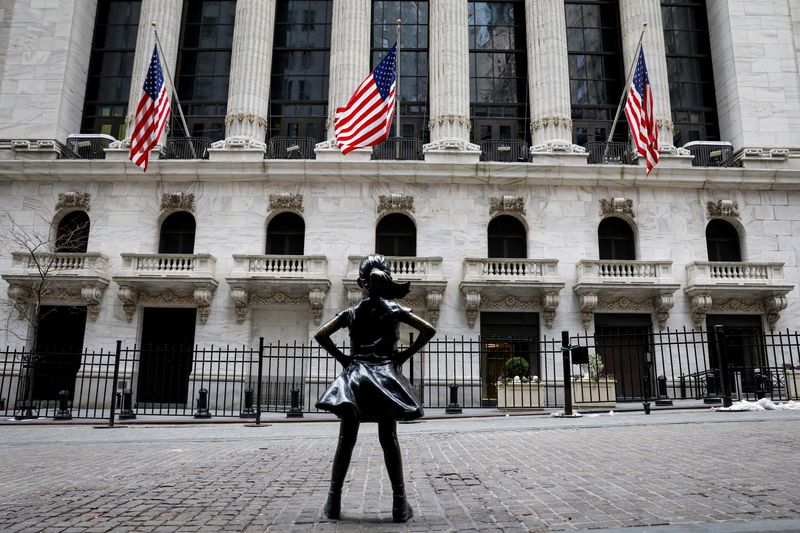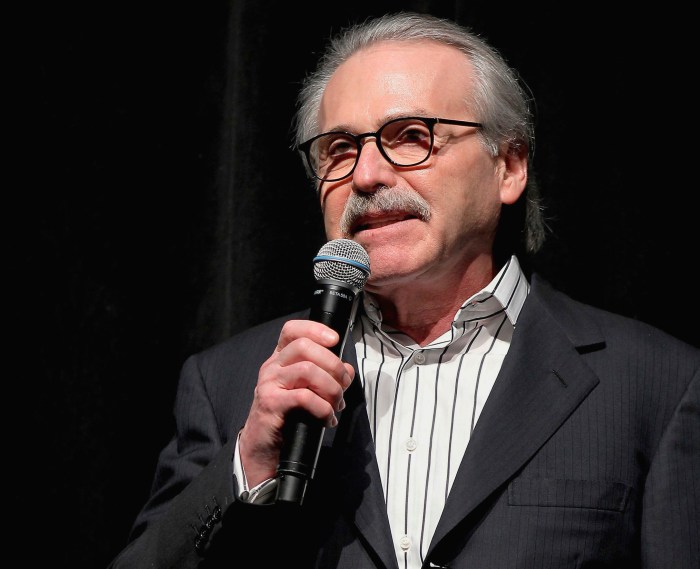1/TANTRUMS WITHOUT TAPER
What happened to keeping borrowing costs in check? All of a sudden, central banks are grappling with rising bond yields that could threaten recovery prospects.
February is ending with some of the biggest bond moves in years, even after soothing noises from Federal Reserve Chair Jerome Powell, European Central Bank boss Christine Lagarde and Reserve Bank of New Zealand Governor Adrian Orr.
Australian and New Zealand 10-year yields have soared 70 basis points each — Australia’s biggest monthly yield jump since 2009. U.S. 10-year yields are set for the biggest monthly rise since late-2016.
Focus now turns to what central banks say or do next; the Reserve Bank of Australia meets Tuesday and officials from the Fed, ECB and the Bank of England officials are due to speak.
The RBA tried to defend its 0.1% target on three-year yields. If Tuesday’s euro zone data shows inflation ticking higher, pressure will grow on the ECB, too.
Graphic: Bond yield surge and central banks – https://fingfx.thomsonreuters.com/gfx/mkt/rlgvdeekopo/themeTHISONE2602.png
2/RBA TAKES ON MARKETS
The bond rout poses a test for the RBA’s yield-curve control policy when it meets Tuesday.
The RBA offered to buy A$3 billion ($2.36 billion) of three-year bonds at an unscheduled operation on Friday. But a firmer message be needed. Australia’s 3-10-year yield curve is the steepest it has been in at least three decades. The Aussie dollar topped $0.80 for the first time in three years. Futures are pricing a rate hike for 2021, despite the RBA stressing it won’t move until at least 2024. Rising commodity prices offer a reason to be bullish on Australia’s economy, but the RBA might need to rein in some of this optimism.
Graphic: RBA Faces a Spike in Yields – https://fingfx.thomsonreuters.com/gfx/mkt/jznpnomwdvl/Pasted%20image%201614316059484.png
3/UK: SPEND OR TAX?
British finance minister Rishi Sunak will pledge more budget spending on Wednesday but it may be the last bit of pandemic-related support he offers.
Sunak has racked up more than 280 billion pounds ($397 billion) in spending and tax cuts to revive the economy. He’s pushed sovereign borrowing to a peacetime record — the 2.1 trillion-pound debt equals 98% of gross domestic product.
So he’ll be thinking of ways to plug rather than enlarge budget holes. Expectations are for the corporation tax rate to be upped from the current 19%.
Some analysts expect tax increase announcements in autumn. Morgan Stanley predicts fiscal tightening to the tune of 2% of GDP to come into force from next year.
Businesses want Sunak to keep lifelines open; some economists urge him to emulate U.S. stimulus plans. Sunak will be hoping a post-economic recovery materialises, bringing tax revenues rolling in.
Graphic: UK budget – https://fingfx.thomsonreuters.com/gfx/mkt/jznvnomnbpl/UK.PNG
4/OPEC MAY TAKE OIL OFF BOIL
With oil prices at 13-month highs, the OPEC+ producers’ meeting on March 4 is expected to discuss a modest easing of supply curbs from April.
The Organization of the Petroleum Exporting Countries and allies, known as OPEC+, cut output by 9.7 million barrels per day last year as the pandemic ravaged demand. As of February, it is still withholding 7.125 million bpd, about 7% of world demand.
OPEC+ sources reckon a 500,000 bpd output increase looks possible without causing an inventory build-up, as economies recover.
Russia is keen to raise supply. Saudi Arabia’s voluntary 1 million bpd cut also expires in March, and that supply may return from April.
Some OPEC+ voices argue against an output increase, citing possible setbacks in the pandemic battle. The ministers will consider the latest market data before making their decision.
Graphic: Crude prices recover – https://fingfx.thomsonreuters.com/gfx/mkt/qzjpqgmdzpx/Pasted%20image%201614287370645.png
5/SPOTLIGHT ON JOBS
As U.S. lawmakers weigh up President Joe Biden’s $1.9 trillion spending bill, February’s jobs report on March 5 will show us how the labour market is faring.
Latest weekly data showed new unemployment benefit claims at a three-month low, suggesting the decline in COVID-19 infections is lending the labour market some traction. Retail sales also rebounded in January.
February non-farm payrolls are expected to rise by 110,000, economists estimate, after January’s 49,000 increase. But winter storms that swept across the South in February may complicate the issue.
Graphic: US nonfarm payrolls data – https://fingfx.thomsonreuters.com/gfx/mkt/rlgpdegaqvo/Pasted%20image%201614276703635.png
(Reporting by Dhara Ranasinghe, Saikat Chatterjee, Ahmad Ghaddar in London; Lewis Krauskopf in New York and Stanley White in Tokyo; compiled by Sujata Rao; editing by Larry King)

















